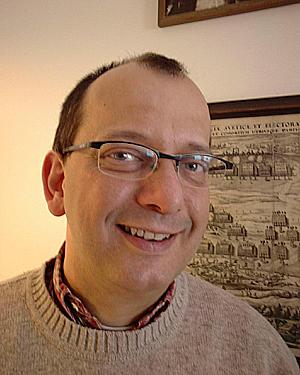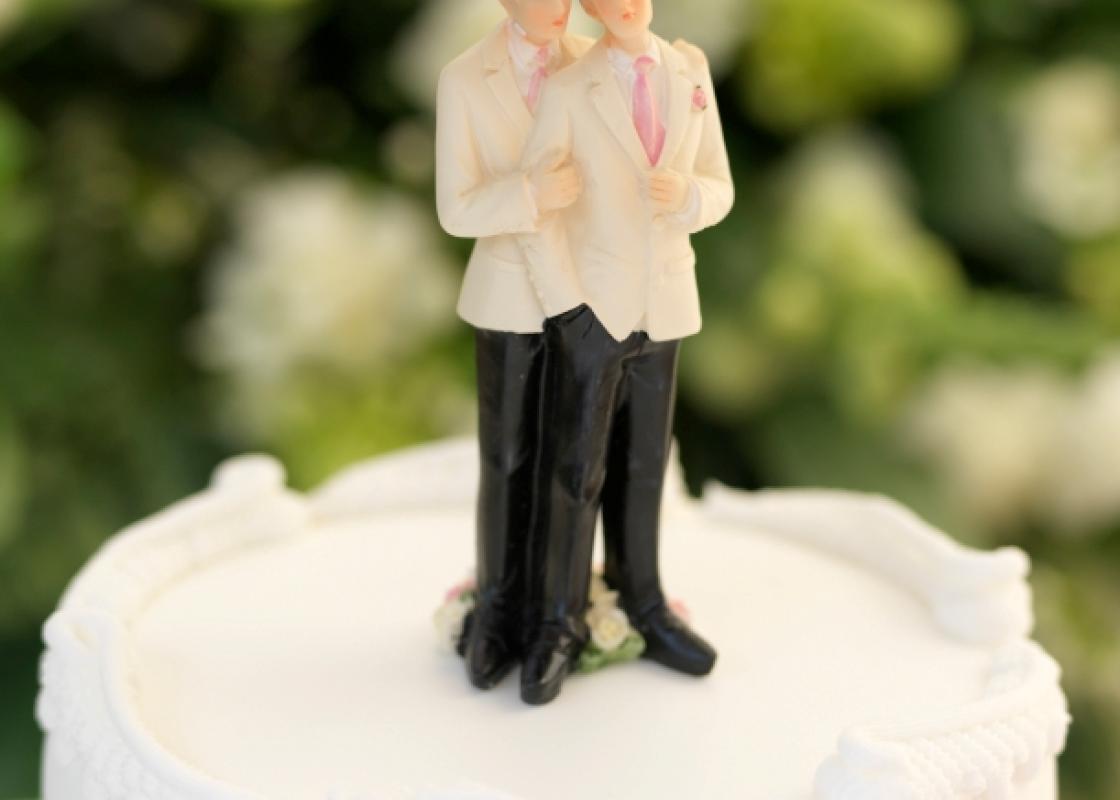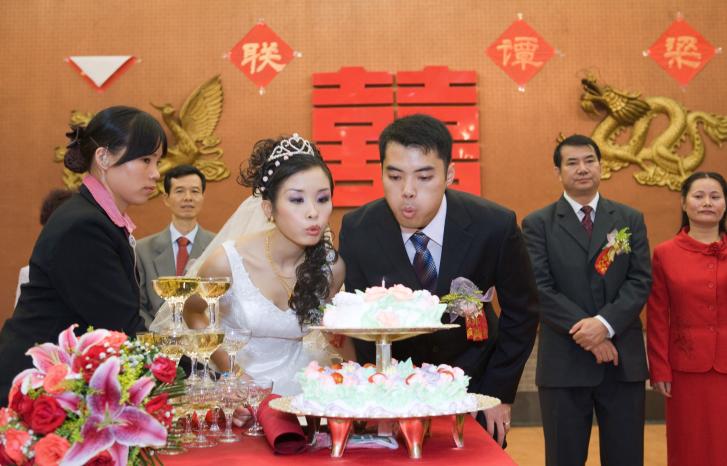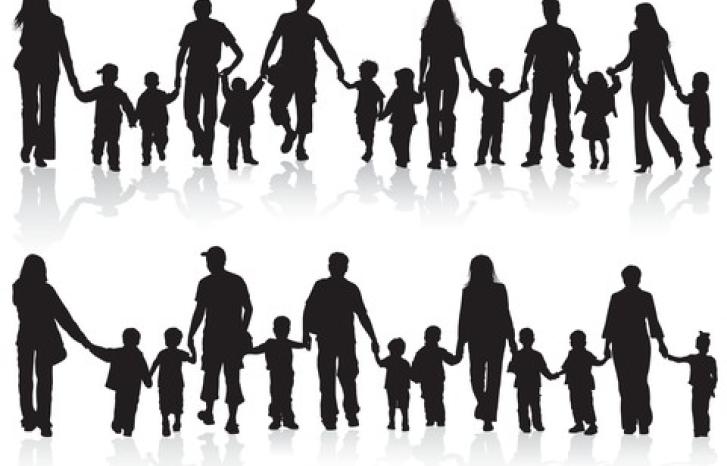“It was a world historical event when Denmark in 1989 introduced same-sex registered partnerships. Since then, country after country has begun to recognize gay relationships in some way. We have witnessed a very interesting global change during these last twenty years, in which a scorned, despised and largely condemned group of people suddenly has become a group that society should guard and protect through various laws,” says Jens Rydström, senior lecturer in gender studies and history at Lund University in Sweden. His recent book, Odd Couples, is about the history of same-sex marriage in the Nordic countries.
Critiques of marriage
In the book, Rydström examines the history of the legal change around state recognition of same-sex couples both from the inside and the outside; in other words from the perspectives of both the gay rights movement and the majority society.
Rydström points out that there was considerable opposition within the gay rights movement, for instance in Norway, to marriage itself. The former Norwegian national gay organization, the Norwegian Federation of 1948 (DNF-48), adopted a statement in 1973 in which it was established that the organization would work for individuals, and for ensuring that the struggles for the rights of those living in a relationship were not waged at the expense of single people.
“When thoughts about gay marriage first appeared in the public debate, it was as a project characteristic of the political left. The idea then was to debate marriage as such. For example, the Left at that time was focused on promoting extended families and collectives as institutions. But eventually gay marriage became a conservative project, in which marriage was not challenged but embraced and same-sex couples were to join the existing marriage system.”
Feminist resistance
For a long time Nordic lesbians feminists, who were largely organized outside gay organizations, were also resistant to fighting for marriage.
“According to the feminist analysis that prevailed in 1970s and 1980s, marriage was a cornerstone of patriarchy and therefore not something to submit to. This led to a polarization between lesbians and gay men on this issue,” says Rydström.
He also emphasizes that there were supporters and opponents of marriage in both camps. Secretary General of the DNF-48, Karen Christine Friele, was among those who argued strongly against the privileges of marriage.
“When the law on same-sex marriage was implemented, the debate by and large died. Maybe the former marriage opponents among feminists and in the gay movement thought that ‘yes, let the gays marry if that's what they want to do’. Indeed, in the beginning there were twice as many male as female couples who entered registered partnerships. This pattern turned around in about 2000, as more women started registering as partners. This turn-around is probably related to marriage making it easier to access reproductive technology and opportunities for both parties to be legal parents.”

Successful tactics
The attitudes of gays and lesbians as a group have thus undergone a gradual change. The policies that have been introduced in the Nordic countries to give this group expanded rights have made use of a “step by step” tactic: First, the partnership law, then gender-neutral marriage legislation, and along the way negotiations have expanded the right to adoption and access to biotechnology. This tactic has shown itself to be very successful, especially when compared with, for example, the USA, where the gay movement to a greater extent has focused on an “all or nothing” strategy, Rydström notes.
“In the U.S., however, the struggle to marry is more difficult and faces more fierce opposition than the fight to have children. One possible explanation is that there are many more children available for adoption in the U.S., so they are not dependent on ‘donor countries’. Another factor is the differences in political culture. In the U.S., the family and the individual take centre-stage, while the Nordic countries to a greater extent have let society decide who gets to be parents.”
Several success factors
Rydström sees clear patterns in the political debate in all the Nordic countries.
“It is the Socialists on the left and the small, liberal parties in the various countries that first take up the question. In contrast, the large social democratic parties are quite slow. In the latter parties, the women’s groups and youth organizations lobbied for same-sex marriage and that slowly but surely anchored the fight for gay marriage even among the adult men engaged in social-democratic politics. The issue of gay marriage became a matter of justice rather than of law reform.”
The AIDS epidemic from the mid-1980s onwards made gay men's lives visible, and generated more money to gay organizations for their HIV prevention work. Increasing numbers of women in politics generally led to more people who potentially were sympathetic to gay rights, if judging by the pressure the various parties’ women’s groups exerted to give gays and lesbians more rights. Moreover, the gay movement had skilled lobbyists. These are some of the reasons Rydström focuses on to explain how gay marriage suddenly became a topic to which many paid attention.
In Norway it is the Conservative Party that has become the big gay party, at least if one counts the number of prominent queer representatives.
“In Sweden and Norway especially, the conservative parties have moved toward the centre on the question of gay marriage. Opposition to the new trend is thus primarily articulated by the Christian parties. In many ways the latter parties have grown in this debate, because they have attracted both members and voters from other parties.”
Translation and editing by NIKK. A longer version can be read in Norwegian at KILDEN.



